Natural language processing (NLP) has become a transforming technology driving a great variety of intelligent applications in the twenty-first century. From enabling chatbots to respond naturally to helping voice assistants grasp spoken commands to even automating document analysis, NLP is fundamental in how machines perceive and interact with human language.
In this blog article, we’ll discuss how NLP performs and why it matters and how companies may gain from these developments.
What is Natural Language Processing (NLP)?
Combining computational linguistics, machine learning, and deep learning helps machines to comprehend, interpret, generate, and reply to text or speech in a way that is both significant and context-aware.
Beyond simple keyword matching, NLP lets machines analyse grammar, syntax, tone, and intent, therefore enabling seamless and intelligent human-computer interactions.
NLP in Voice Assistants
Household names are now Amazon Alexa, Google Assistant, Siri, and Microsoft Cortana among voice assistants. Natural language processing technologies help them to grasp and react to natural speech.
1. Processing and Recognising Speech
Automatic speech recognition (ASR)—that is, translating spoken words into text—is the first phase of voice assistant interaction. Then NLP systems break out the text to find context, intent, and meaning.
When you ask, "What's the weather like today?" NLP systems first route the query to a weather API after identifying the intent (“get weather information”) and the pertinent parameters (“today."
2. Identification of Intent
Modern NLP models grasp what the user wants by means of methods such intent categorisation and named entity recognition (NER). This lets the assistant separate instructions like:
- “Set an alarm for 7 a.m.” (command)
- “What’s 10 times 7?” (query)
- “Remind me to call John.” (reminder)
3. Natural Language Generation (NLG)
Knowing the question, NLP also aids in producing responses akin to those of humans. Assistants today respond with fluid, contextally relevant words rather than robotic responses. Here is where natural language generation finds use.
Natural Language Processing in Chatbots
Customer support, commerce, education, and healthcare are just a few of the applications for chatbots growingly common. What is their interactive intelligence's secret? NPL.
1. Interactive Knowledge
NLP lets chatbots grasp context, slang, even mistakes, therefore enabling them to interpret consumer inputs—printed or spoken. For instance, the bot detects the informal tone of a consumer typing "I want to cancel my order," thereby determining the intent as "order cancellation."
This is achieved using:
- Tokenisation, or word or phrase breaking down text,
- Sentiment analysis—identifying attitude or mood—
- Context retention, or following past messages in a discourse,
2. Multilingual Capabilities
Modern chatbots, thanks to NLP, may support several languages, dialects, and local phrases, hence extending worldwide reach. Cross-lingual NLP frameworks and machine translating models enable companies to service consumers wherever.
3. 24/7 Automation with Personalisation
NLP-powered chatbots can run constantly while preserving customised experiences. All in real time, they can remember past user interactions, product recommendations, and even, when needed, human agent escalation.
4. Integration of Machine Learning
Using past data lets computers learn, hence improving chatbot NLP. The chatbot gains increasing accuracy in query interpretation, response fittingness, and handling of challenging questions over time.
NLP for Automated Document Analysis
Manual document analysis causes mistakes and takes time. By allowing robots to autonomously interpret, evaluate, and extract significant data from text-heavy materials, natural language processing is transforming this field.
1. Extraction of Data
From unstructured records including bills, resumes, contracts, or research papers, names, dates, figures, and other things are extracted using NLP algorithms. Known as Named Entity Recognition (NER), this is
- In a legal contract, for instance, NLP can automatically find important terms including "parties involved," "effective dates," or "termination clauses."
2. Text Tag Classification
Content in documents allows one to automatically classify them:
- An email can be tagged as "complaint, "question,," or "feedback."
- One can mark an academic work as "machine learning" or "biology."
Fast document indexing and retrieval made possible by this facilitates organisation and decision-making.
3. Analysed Sentiment and Opinion
Textual tone or sentiment can be examined with NLP technologies. Reviewing consumer remarks, social media comments, or survey answers calls especially for this.
- "I'm extremely unhappy with the product quality," for instance, would be categorised as a negative feeling.
- Positively, the service was timely and useful.
4. Translation and Summary
Text summarising allows NLP to distense long reports or articles into manageable chunks. Executives, solicitors, or researchers looking for fast ideas will find this perfect.
Another NLP tool, machine translation lets documents in one language be precisely translated into another, therefore enabling businesses to run in multilingual settings.
Advantages of NLP-Driven Systems
Applied to document automation, chatbots, or voice assistants, natural language processing provides many benefits:
- Enhanced customer experience: Natural interactions increase user happiness.
- Operational Efficiency: Tasks including support, data entry, and analysis get faster and less expensive.
- 24/7 Availability: Chatbots and virtual assistants provide consistent support.
- Scalability: NLP systems can concurrently process thousands of searches or documents.
- Consistency and Accuracy: Machines lower human error in text interpretation and analysis.
NLP Future Directions
Integrating transformer-based models like GPT and BERT, which offer deep contextual knowledge, Upcoming trends include:
- Emotion-aware chatbots enabling more sympathetic exchanges are among the next trends.
- Voice-based documentation filling in the legal and medical domains.
- Zero-shot learning lets NLP models do jobs without task-specific training.
- Real-time conference or meeting transcribing and summarising.
In Conclusion
Development of intelligent systems now revolves around natural language processing as a pillar. Its ability to grasp, decipher, and react to human language is driving developments in automated document analysis, smart chatbots, and voice assistants.
We should expect ever more flawless, faster, more natural, and highly efficient human-computer interactions as NLP technologies develop, hence altering our way of life and work.


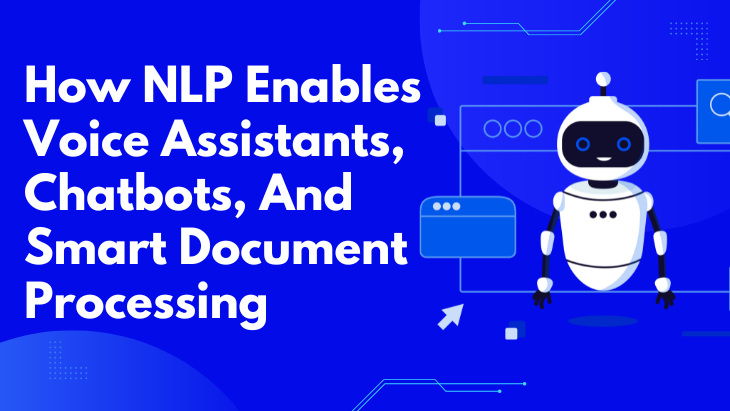
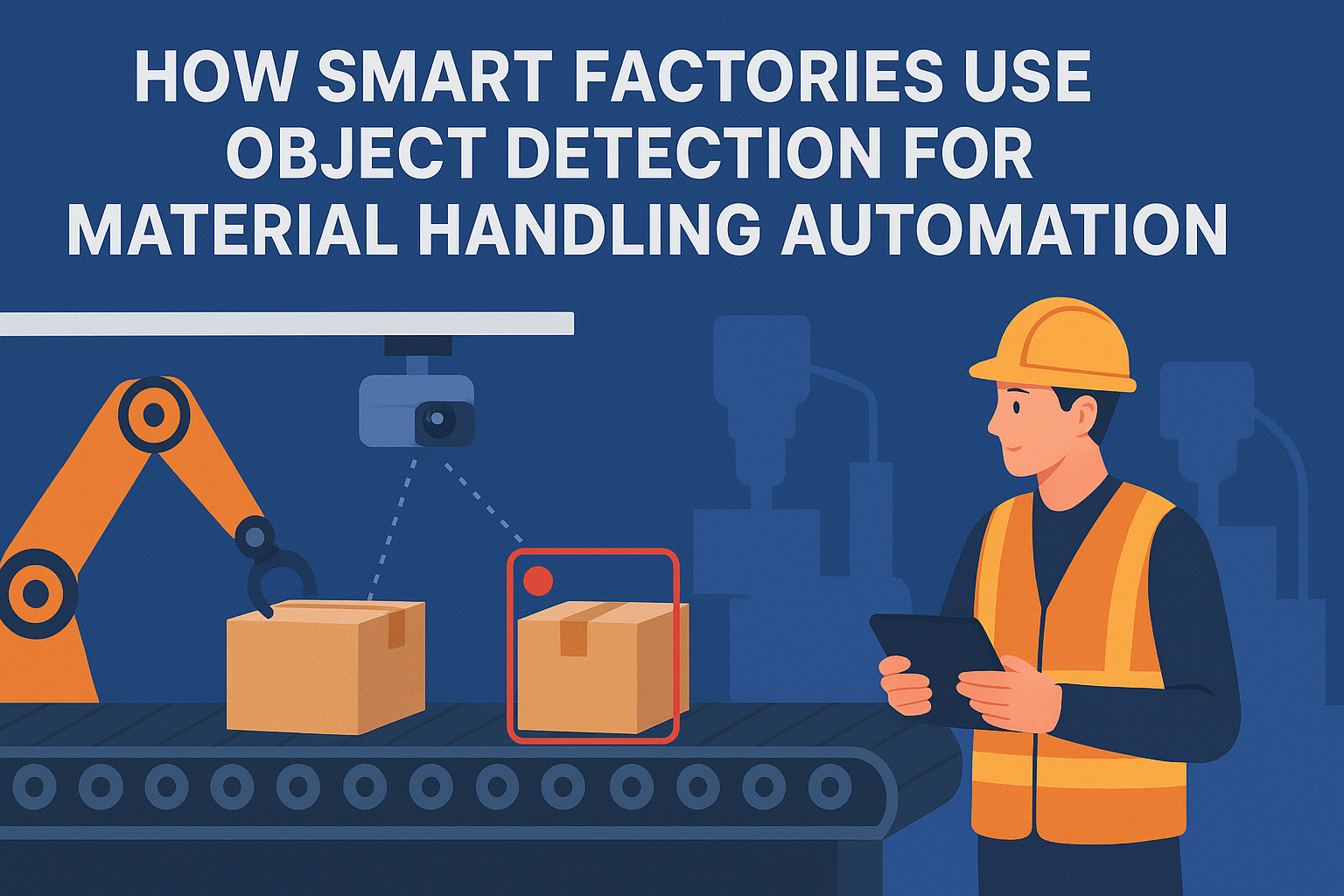
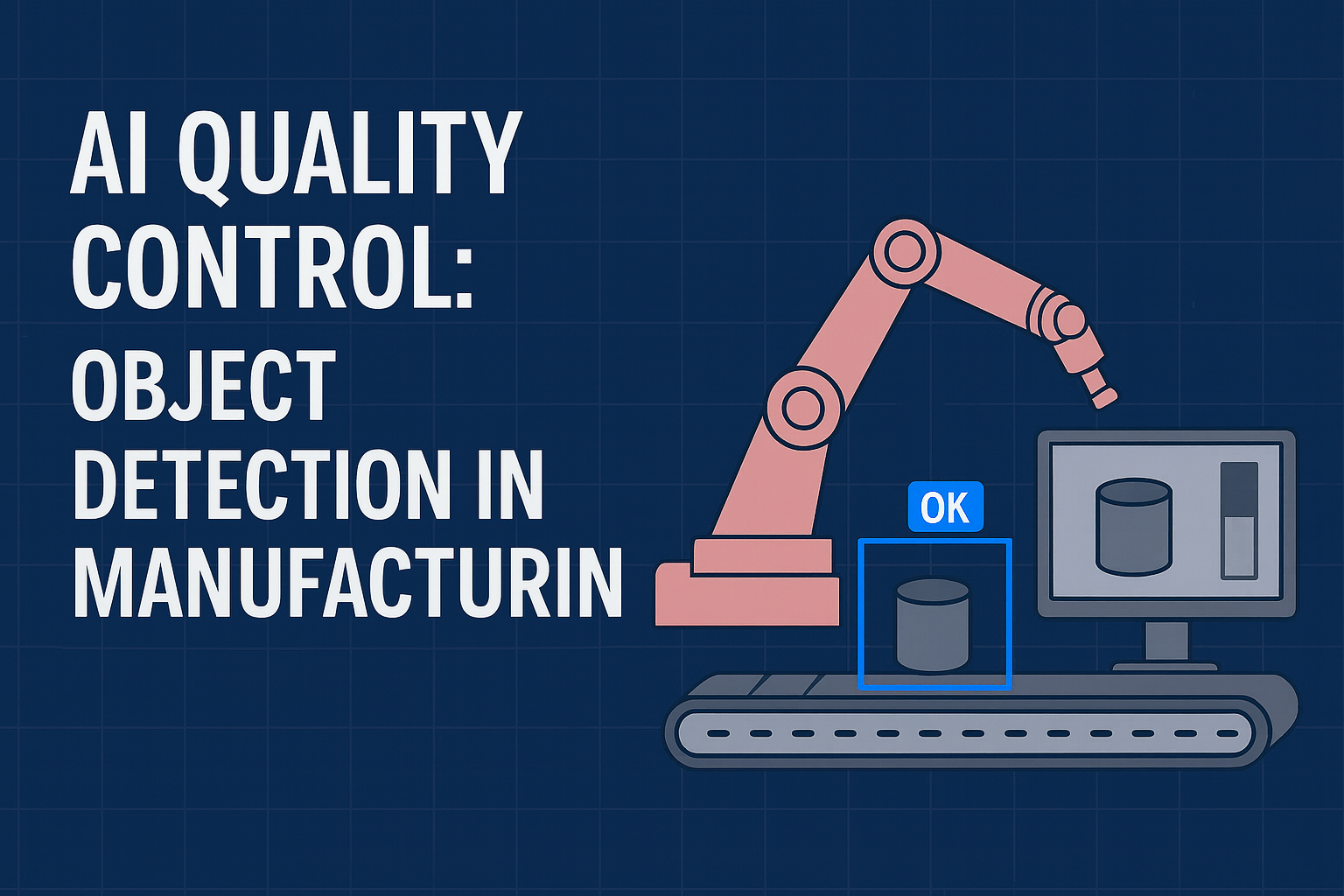
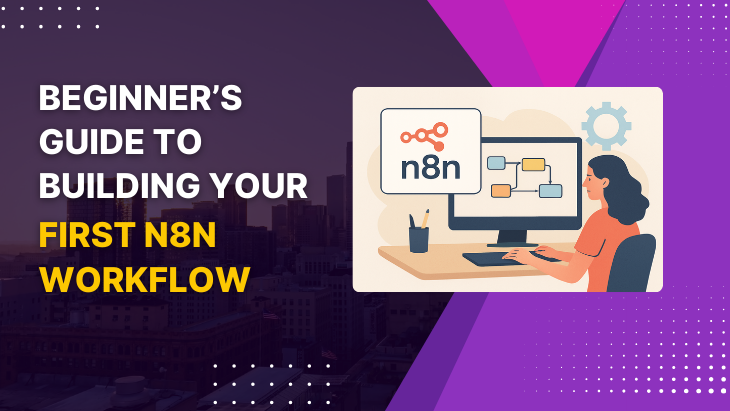
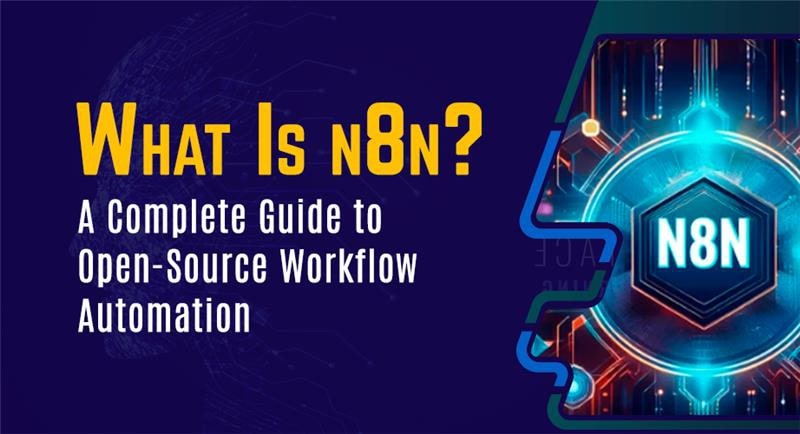
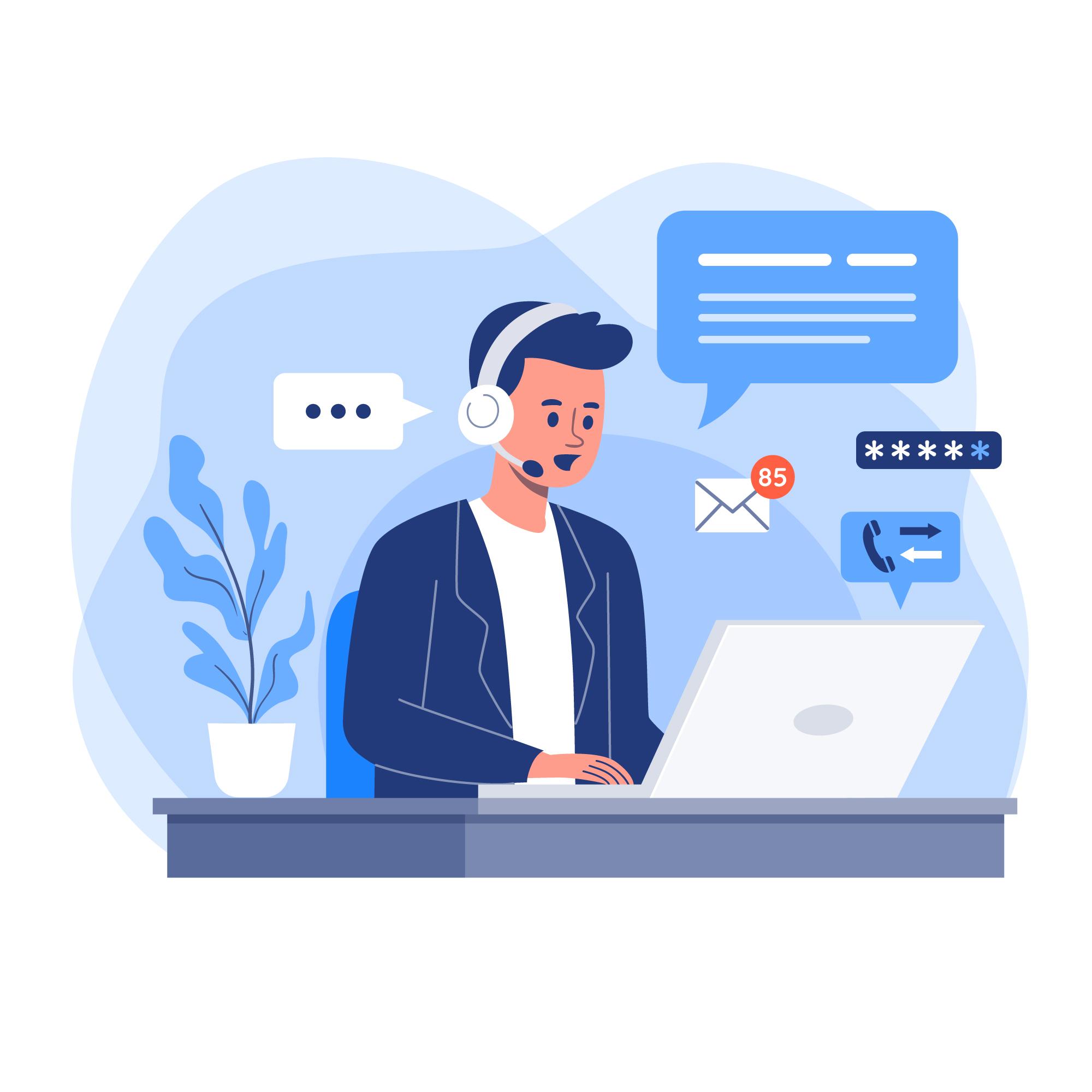
Leave a reply